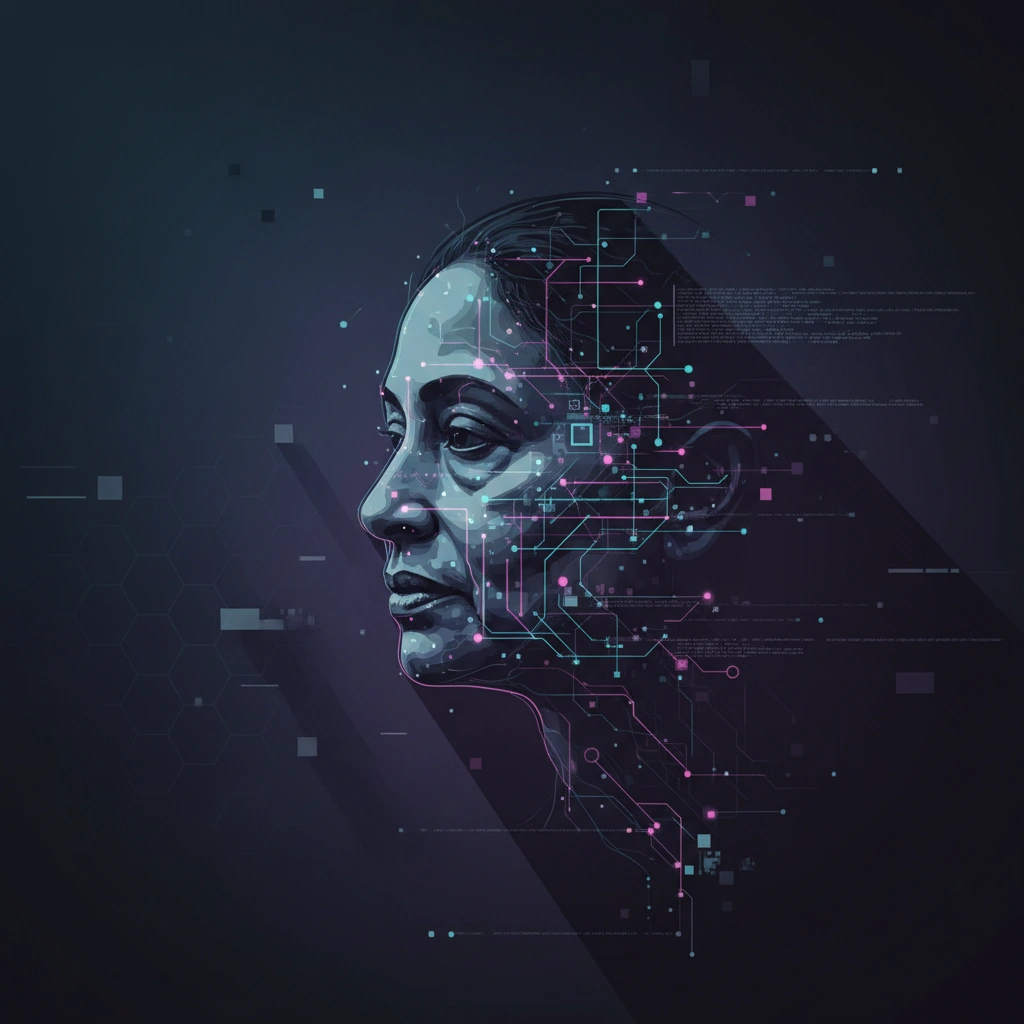Deepfake Video of Indian President Surfaces Online
A manipulated video falsely claiming President Droupadi Murmu was blackmailed has been identified as a deepfake, highlighting the growing challenge of synthetic media targeting political figures in India.

A fabricated video circulating online falsely depicts Indian President Droupadi Murmu making inflammatory claims about being blackmailed by Prime Minister Narendra Modi regarding a Rafale jet incident. The video has been conclusively identified as a deepfake, marking another instance of synthetic media targeting high-profile political figures in India.
The Deepfake Content
The manipulated video purportedly shows President Murmu making serious allegations that she was coerced into participating in a Rafale jet event. The content is designed to create political controversy and spread disinformation by leveraging the authority and position of India's head of state. This type of fabricated content represents a sophisticated use of AI video manipulation technology to generate false political narratives.
Deepfakes targeting political leaders have become increasingly prevalent globally, with India experiencing a surge in such incidents during election cycles and periods of political significance. The technical quality of these manipulations continues to improve, making detection more challenging for average viewers.
Detection and Verification Methods
The video was identified as synthetic through multiple verification approaches commonly employed by fact-checkers and digital forensics experts. These methods typically include frame-by-frame analysis looking for inconsistencies in facial movements, unnatural eye blinking patterns, and audio-visual synchronization issues that often betray AI-generated content.
Advanced detection tools analyze micro-expressions, lighting inconsistencies, and artifacts that emerge from the neural network generation process. In many deepfake videos, subtle glitches appear around the edges of the face where the AI-generated overlay meets the original footage. Audio analysis can also reveal synthetic voice cloning through spectral analysis and phoneme transition patterns that differ from natural speech.
Technical Implications
The creation of such deepfakes typically involves generative adversarial networks (GANs) or diffusion models trained on extensive video and audio data of the target individual. Face-swapping technology has become increasingly accessible through open-source tools and commercial applications, lowering the barrier to entry for malicious actors.
Voice cloning technology, often used in conjunction with video manipulation, can recreate a person's speech patterns from relatively limited audio samples. When combined with sophisticated lip-sync algorithms, these tools can produce convincing fabrications that challenge even trained observers.
The Broader Challenge
This incident underscores the urgent need for robust digital authentication systems and media literacy programs. As deepfake technology becomes more sophisticated and accessible, the potential for political manipulation, character assassination, and social disruption grows exponentially.
Platform accountability remains a critical issue, as social media networks struggle to implement effective detection and removal systems at scale. The viral nature of sensational content often means deepfakes spread rapidly before verification can occur, with debunking efforts reaching only a fraction of those exposed to the original false content.
Authentication Technologies
The fight against synthetic media manipulation is driving innovation in content authentication. Technologies such as blockchain-based verification, cryptographic signing of original content at capture, and AI-powered detection systems are being deployed to establish provenance and authenticity.
Major technology companies and research institutions are developing proactive authentication standards that embed verification metadata directly into media files at creation. These approaches aim to shift from reactive detection to proactive authentication, making it possible to verify genuine content rather than simply detecting fake content.
Policy and Legal Implications
India, like many nations, is grappling with the legal and regulatory frameworks needed to address deepfake threats. The intersection of free speech protections, defamation law, and election integrity creates complex policy challenges that require technical understanding and careful calibration.
The case of President Murmu demonstrates why political deepfakes warrant particular concern—they can undermine public trust in institutions, manipulate democratic processes, and create international incidents based on fabricated content. As the 2024 Indian elections approach, the vulnerability to such attacks heightens significantly.
Stay informed on AI video and digital authenticity. Follow Skrew AI News.



